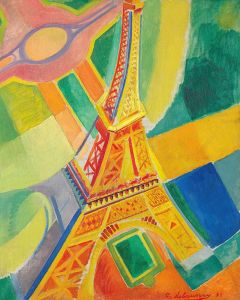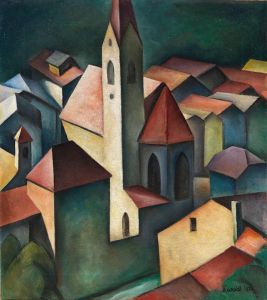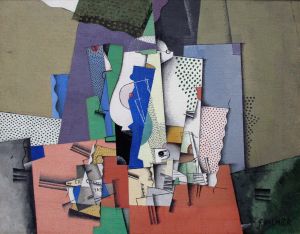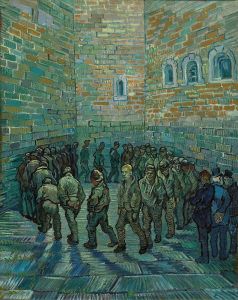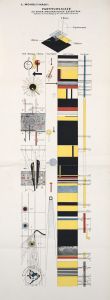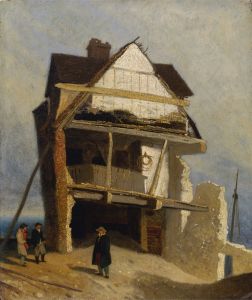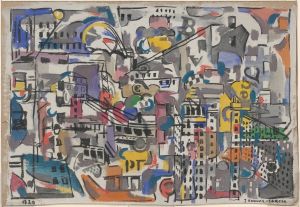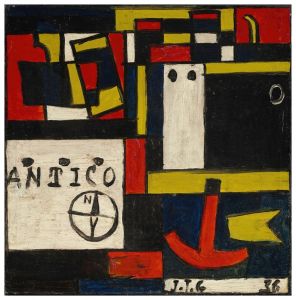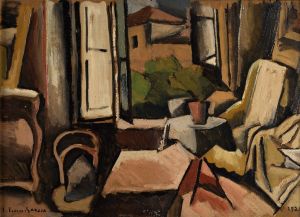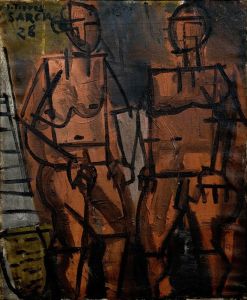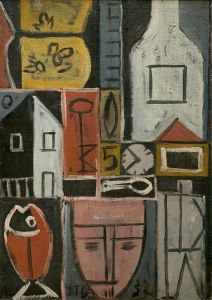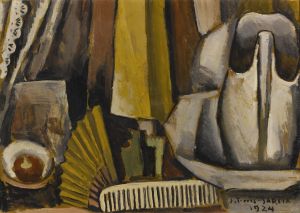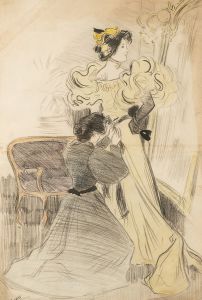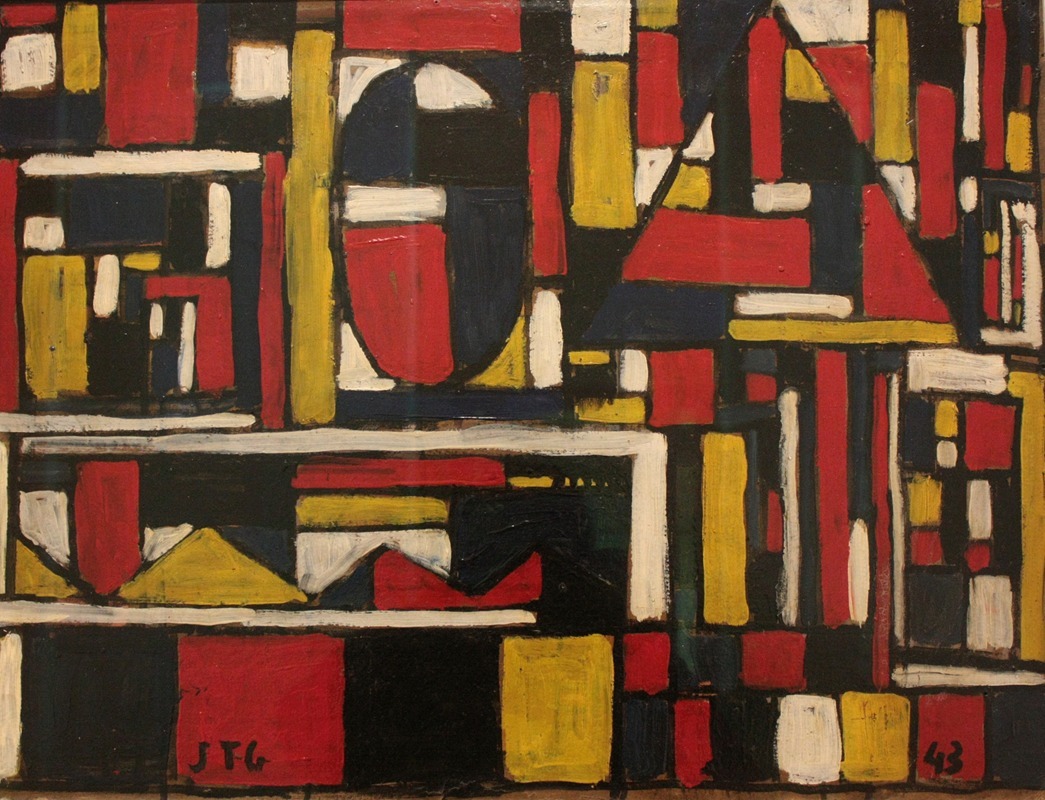
Estructura constructiva con formas geométricas
A hand-painted replica of Joaquín Torres-García’s masterpiece Estructura constructiva con formas geométricas, meticulously crafted by professional artists to capture the true essence of the original. Each piece is created with museum-quality canvas and rare mineral pigments, carefully painted by experienced artists with delicate brushstrokes and rich, layered colors to perfectly recreate the texture of the original artwork. Unlike machine-printed reproductions, this hand-painted version brings the painting to life, infused with the artist’s emotions and skill in every stroke. Whether for personal collection or home decoration, it instantly elevates the artistic atmosphere of any space.
Joaquín Torres-García was a prominent Uruguayan artist known for his contributions to modern art and his development of a unique style that combined elements of European avant-garde movements with Latin American themes. One of his notable works is "Estructura constructiva con formas geométricas," which exemplifies his distinctive approach to art.
Torres-García was born in Montevideo, Uruguay, in 1874, and spent much of his early career in Europe, where he was influenced by various artistic movements, including Cubism, Constructivism, and Neo-Plasticism. His time in Europe allowed him to interact with influential artists and thinkers, which significantly shaped his artistic philosophy. He eventually returned to Uruguay in 1934, where he continued to develop his theories and artistic practices.
"Estructura constructiva con formas geométricas" is a reflection of Torres-García's Constructivist approach, which he adapted to create a unique style known as Universal Constructivism. This style is characterized by the use of geometric shapes, a grid-like structure, and a harmonious balance of forms and colors. Torres-García believed that art should be a universal language, transcending cultural and geographical boundaries, and his work often incorporated symbols and motifs that he considered to be universally understood.
The painting features a composition of geometric shapes arranged in a structured, grid-like pattern. This reflects Torres-García's interest in order and harmony, as well as his belief in the spiritual and symbolic potential of geometric forms. The use of a limited color palette, often consisting of earth tones and primary colors, is typical of his work and serves to emphasize the structural elements of the composition.
Torres-García's work, including "Estructura constructiva con formas geométricas," is often seen as a synthesis of European modernism and Latin American cultural elements. He sought to create an art form that was both modern and rooted in the traditions and symbols of the Americas. This approach was part of a broader movement among Latin American artists of the time, who were seeking to establish a distinct artistic identity that was both contemporary and reflective of their cultural heritage.
In addition to his paintings, Torres-García was also a prolific writer and educator. He founded the "Taller Torres-García," a workshop and school in Montevideo, where he taught his theories and techniques to a new generation of artists. His influence extended beyond his own work, as he played a crucial role in the development of modern art in Latin America.
"Estructura constructiva con formas geométricas" is a testament to Torres-García's innovative spirit and his commitment to creating a universal language of art. Through his use of geometric abstraction and symbolic imagery, he sought to bridge the gap between different cultures and artistic traditions, leaving a lasting impact on the world of modern art.





